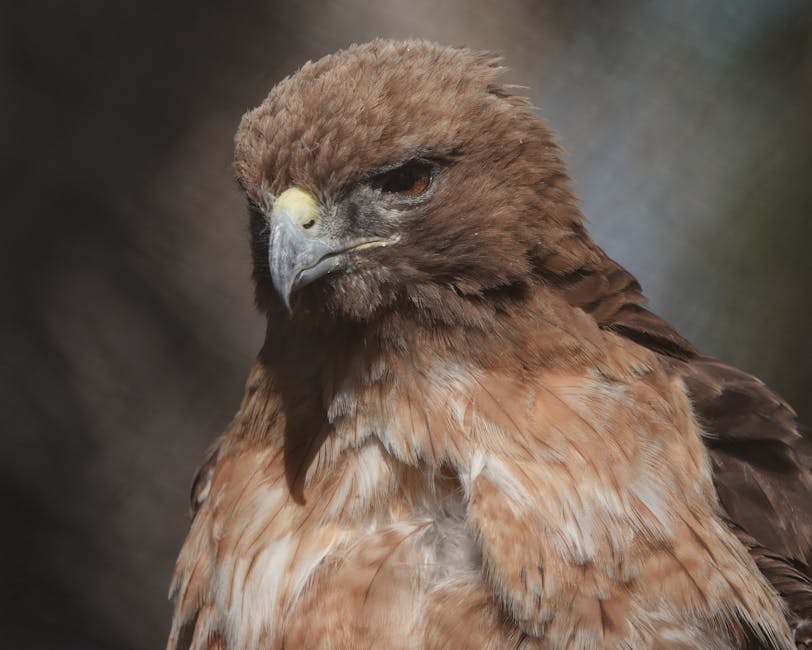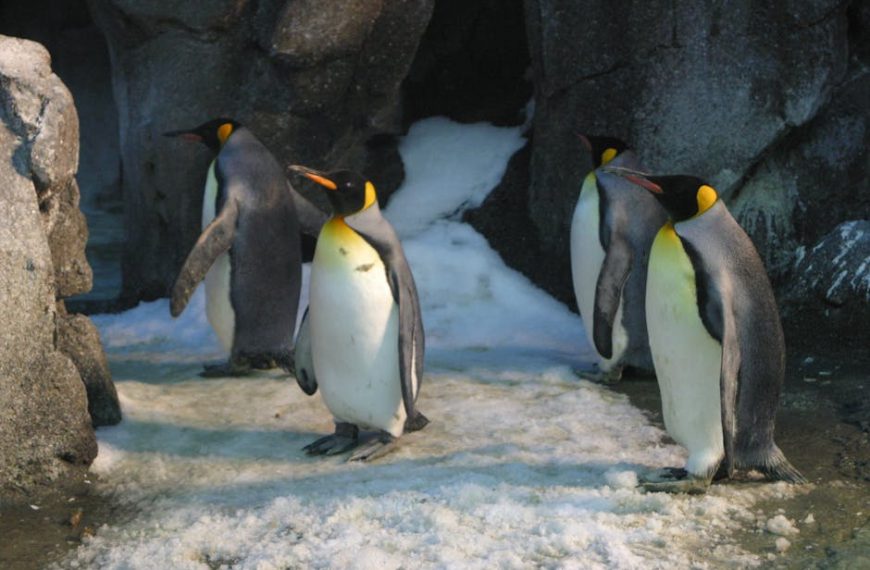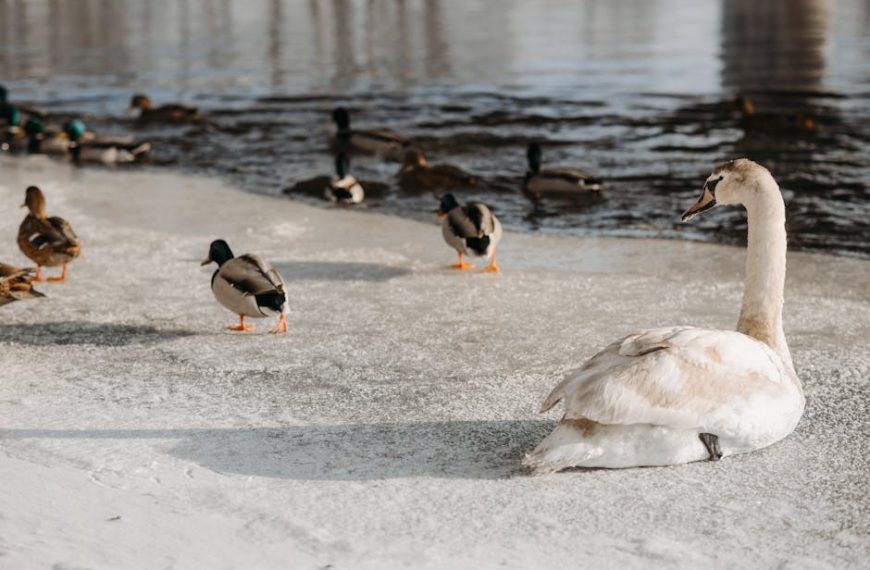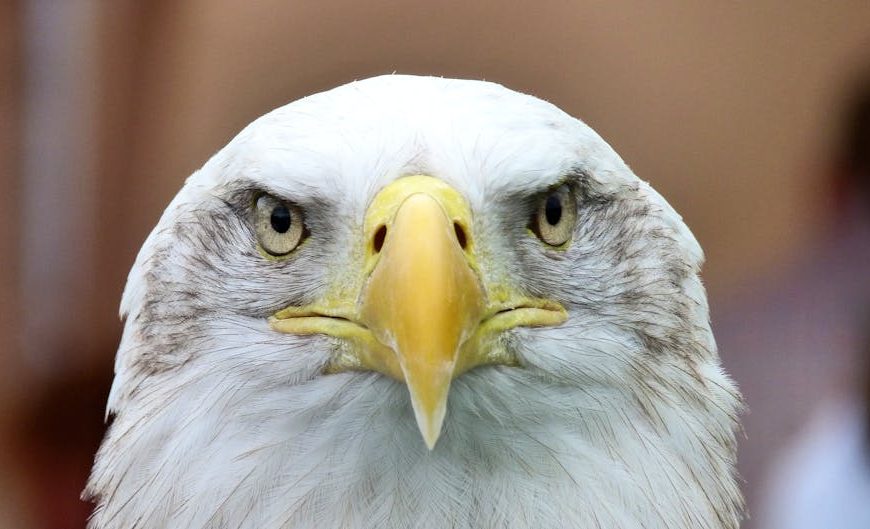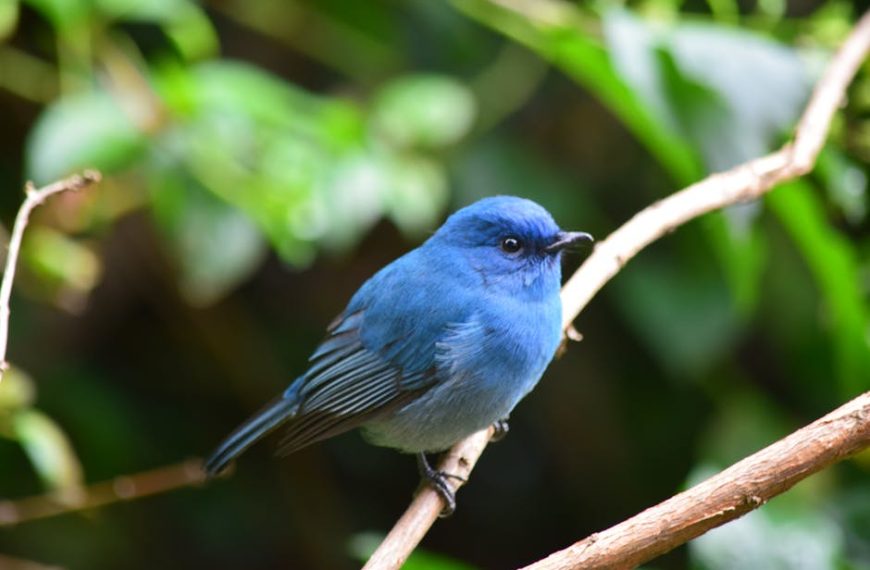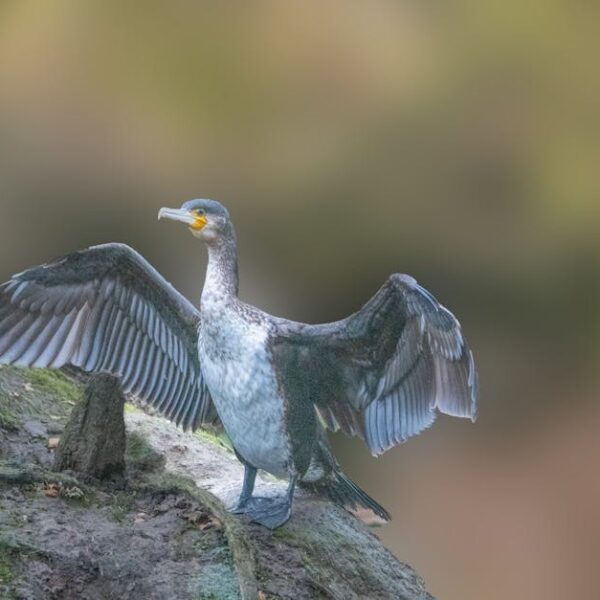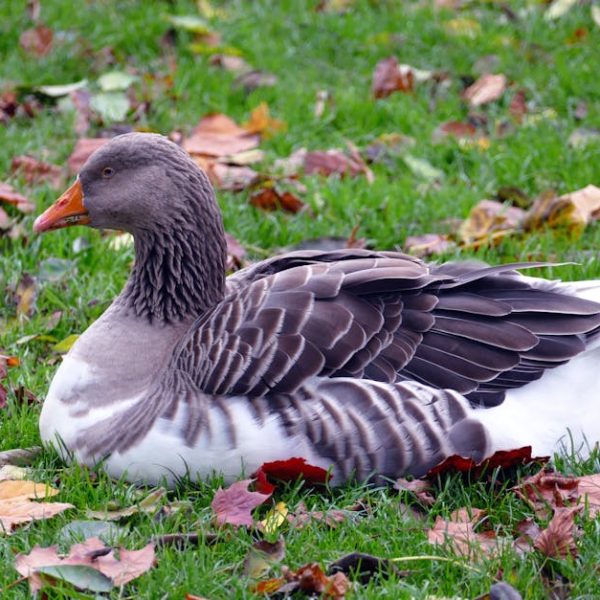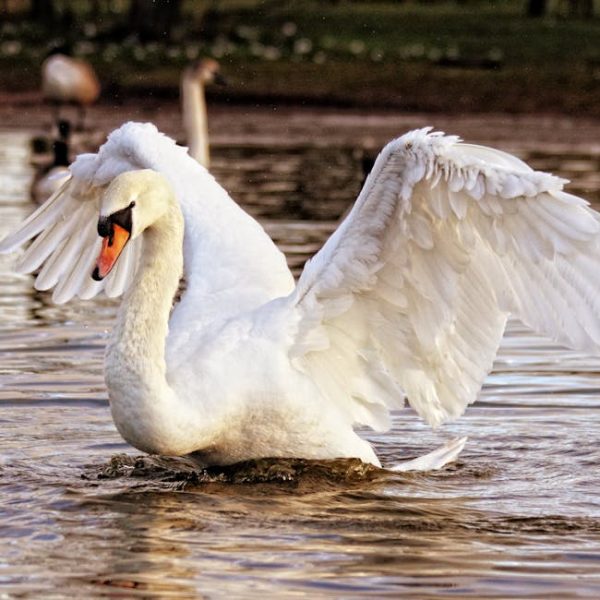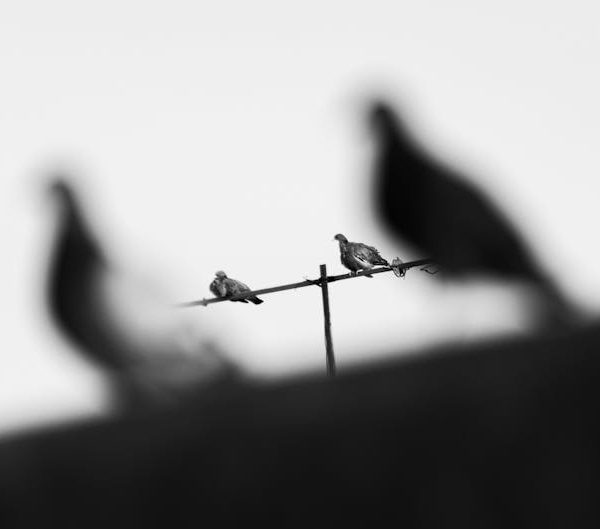As sunlight begins to fade and day shifts into night, many creatures retreat into their sanctuaries in wait for dawn. For hawks, renowned day-goers who rely on exceptional vision under the bright sun, this represents a typical pattern of behavior. While their hunting prowess is widely acknowledged, the question arises as to whether they adapt their activities for the cloak of night. The simple answer may surprise you: while the vast majority of hawk species maintain diurnal habits, a few exceptions indeed hunt when the sun is out of sight.
Hawks’ Hunting Habits: Understanding Their Time of Activity
The hunting routines of hawks are predominantly formed by an interplay of various factors. Nature has bestowed these birds of prey with a keen eyesight that is amongst the best in the animal kingdom. Their binocular vision, giving them an extraordinary depth of perception, is exceptionally suited to daytime hunting. It’s during the sunlit hours that hawks can best spot, pursue, and capture their prey.
However, these daylight hunting habits do not exist in isolation. They are influenced by:
- Availability and type of prey: Hawks feed on a variety of small mammals, birds, and reptiles that are most active during the day.
- Environmental conditions: Weather and seasonal changes can sometimes push hawks to adjust their hunting routines.
- Predation risk: Daytime hunting allows hawks to avoid nocturnal predators.
Contrary to common belief, hawks do not possess night vision. Hence, they are not naturally equipped to hunt in low-light conditions.
Night Hunting: Unraveling the Truth
Does that imply hawks never venture out after dusk to hunt? Not quite. While night hunting is rare amongst most hawk species, a few exceptions do exist. For instance, the Northern Harrier has been known to hunt rodents and birds even under the cloak of nighttime.
To illustrate, let’s compare the hunting routines of hawks with those of other raptor species in the table below:
“`html
| Species | Daytime Hunting | Nighttime Hunting |
|---|---|---|
| Red-tailed Hawk | Yes | No |
| Northern Harrier | Yes | Yes |
| Great Horned Owl | No | Yes |
“`
Birdwatchers inspired to spot a nocturnal hawk should remember that these instances are quite infrequent- but with patience and a keen eye, chance encounters can be thrilling.
Hawks’ Vision and Hunting Adaptations
Hawking efficiency largely hinges on hawks’ remarkable adaptations. Firstly, their razor-sharp vision is mainly suited for daylight hunting but is less effective at night. Additionally, their other notable adaptations include:
- Strong talons: for capturing and securing prey.
- Hooked beak: efficient for tearing into their catch.
- Acute hearing: helps locate prey.
These adaptations serve hawks tremendously in daylight but fall short in night conditions, generally restricting them from taking advantage of nocturnal prey opportunities. “`html
| Adaptation | Benefit in Daytime Hunting | Limitation in Nighttime Hunting |
|---|---|---|
| Sharp vision | Aids in accurately spotting, pursuing and capturing prey | Limits ability to detect prey in low-light conditions |
| Strong talons | Enables swift and secure capture of prey | Compromised efficiency due to decreased visibility |
| Hooked beak | Efficient in tearing into prey | Less effective at night due to decreased visual assistance |
| Acute hearing | Compliments sight in locating prey | While helpful, not wholly reliable for night hunting as hawks predominantly rely on sight |
“`
Species Exception to the Rule: Hawks that Can Hunt at Night
A few species of hawks have been observed displaying uncharacteristic nocturnal hunting behavior. The most notable amongst these are the Northern Harrier and the Short-Eared Owl. These exceptional species have adaptations that allow them to forage for prey even in low-light conditions.
Consider these features of the Northern Harrier and Short-Eared Owl:
“`html
| Species | Distinguishing Features | Night Hunting Adaptations |
|---|---|---|
| Northern Harrier | Long wings and tail, an owl-like facial disk | Able to hunt by sound as well as by sight |
| Short-Eared Owl | Small size, short ear tufts, large eyes | Primarily nocturnal, excellent night vision and hearing |
“`
- Checklist for identifying these unique hawk species on night expeditions:
– Look for their distinguishing features
– Pay attention to their hunting methods
– Study their flight patterns
Conservation and Observational Opportunities
Hawk species and their unique behaviors like nocturnal hunting are treasures of our natural world. Conservation efforts, varying from habitat protection to anti-poaching laws, are crucial to ensuring their survival.
Here’s a list of ideal locations and times for observing nocturnal hunting hawks, ranked considering species concentration and accessibility:
- Hawk Ridge Bird Observatory, Duluth, Minnesota – Fall migration season
- Cape May Bird Observatory, New Jersey – Mid-September to October
- Corpus Christi Hawk Watch, Texas – Late August to November
However, enthusiasts must remember the importance of ethical observation. This includes:
- Keeping a respectful distance, not disrupting the birds or their habitat
- Not using flash photography as it can disorient the birds
- Supporting local conservation efforts
Remember, our curiosity should never cost these magnificent creatures their peace!
Key Takeaway:
- Hawks are primarily diurnal in their hunting habits, a pattern influenced by factors such as prey availability, environmental conditions, and predation risk.
- Even though night hunting among hawks is rare, exceptions exist within species like the Northern Harrier and the Short-Eared Owl.
- Hawks’ remarkable vision and other hunting adaptations, such as strong talons and acute hearing, greatly assist them in day hunting but are less effective at night.
- Ethical observation and conservation are critical to protect these birds, particularly those with unique behaviors like nocturnal hunting.
In the vast realm of nature, exceptions to common behaviors present enchanting opportunities for discovery and understanding. Though primarily built for daytime pursuit, unique species of hawks embrace the night, showcasing the adaptability and wonders of the natural world. Remember, as wildlife enthusiasts, our duty lies not just in observing but also in preserving the natural habitats and rhythms of these birds.
FAQs
Q: What specific adaptations do hawks have for daytime hunting?
A: Hawks possess superior binocular vision which allows them to accurately spot, pursue and capture prey. They also have strong talons for holding their prey and a hooked beak for tearing into their captures.
Q: How does weather or seasonal change impact hawks’ hunting habits?
A: Weather and seasonal changes can occasionally push hawks to adjust their hunting routines, however, they typically remain diurnal hunters due to their physiological adaptations.
Q: What nocturnal predators might hawks avoid by hunting during the day?
A: Nocturnal predators like owls can pose a threat to hawks, hence daytime hunting can be a strategy to avoid such risks.
Q: Are there any specific times of the year that are best for observing nocturnal hunting hawks?
A: Migration seasons where these birds are likely to gather in great numbers, such as the fall migration season at the Hawk Ridge Bird Observatory, present the best opportunities for observation.
Q: How can I contribute to the conservation of hawk species?
A: You can contribute by supporting local conservation efforts, maintaining a respectful distance during observation, and avoiding behaviors that could disrupt the birds or their habitats such as flash photography.
Do share this article if you found it informative and intriguing! Our website contains more posts on captivating wildlife behaviors, offering a gateway into the fascinating world of nature. Explore, learn and grow with us.
